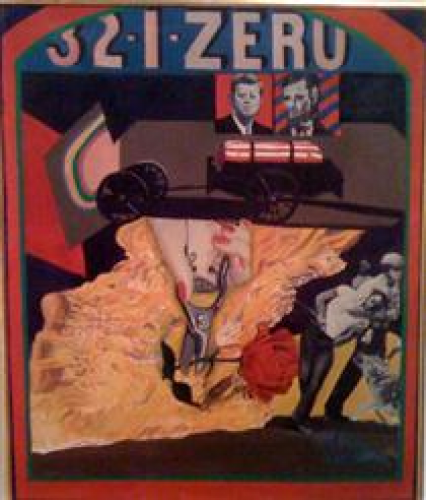Pablo Picasso Virtual 3D museum @ Eternal3d.com
Pablo Picasso (1881–1973) was a Spanish painter, sculptor, printmaker, ceramicist, and one of the most influential artists of the 20th century. He is best known for co-founding the Cubist movement and for his contributions to various artistic styles such as Surrealism and Expressionism. Picasso’s work is characterized by its innovative and diverse nature, with different periods showcasing distinct artistic approaches and themes.
His early works were influenced by the Blue Period, during which he often depicted subjects in somber tones, reflecting themes of poverty and melancholy. This was followed by the Rose Period, where his palette shifted to warmer hues and circus performers and harlequins became common subjects.
One of Picasso’s most groundbreaking contributions was the development of Cubism, along with Georges Braque. Cubism emphasized depicting objects from multiple viewpoints simultaneously, breaking down forms into geometric shapes and facets. This style revolutionized artistic representation and had a profound impact on the art world.
Throughout his career, Picasso experimented with various mediums, including painting, sculpture, ceramics, and more. His later works included periods like Surrealism and his reinterpretation of classical art.
Picasso’s prolific output and his ability to constantly reinvent himself make his body of work incredibly diverse and impactful. He left an indelible mark on the world of art, and his influence can still be seen in contemporary art and culture today.
1) Pablo Picasso was born in Malaga, Spain in 1881 to a conventional artistic family. From an early age, he displayed a talent for painting and began displaying
2) his work from the age of 14. In the years before the First World War, Picasso continued to develop a new form of painting known as cubism.
3) Cubism involved capturing the essence of the subject on the canvas but exaggerating certain features. The colours were invariably dull greys, brown and neutrals.
4) In the 1920s and 30s, Picasso concentrated on more classical works of art. He became interested in depicting the human form in the style of neo-classical.
5) Picasso had an instinctive and natural compassion for those exposed to suffering, especially if it was as a result of injustice. Abundant in artistic inspiration, Picasso was remarkably prolific.
6) His total artistic work numbered close to 50,000. This included 1,885 paintings; 1,228 sculptures; 2,880 ceramics, and roughly 12,000. He died at the age of 91.



